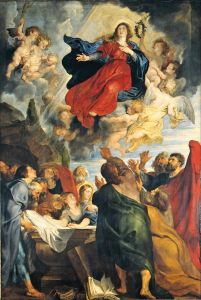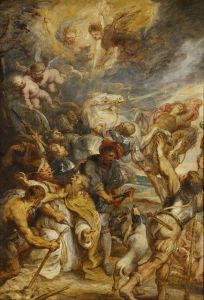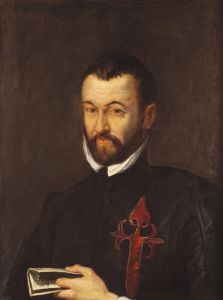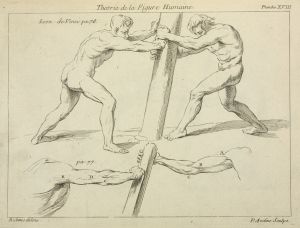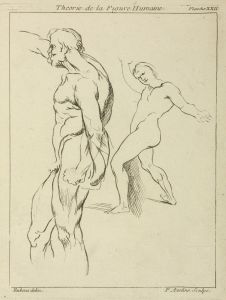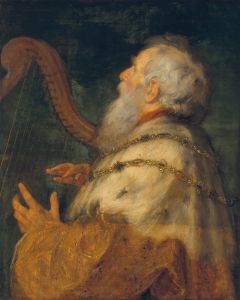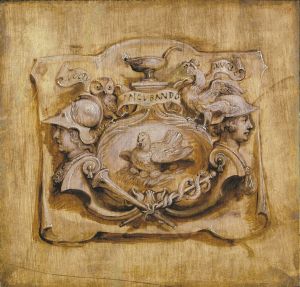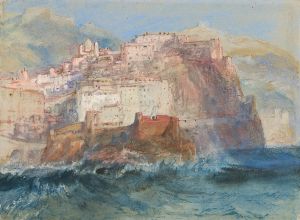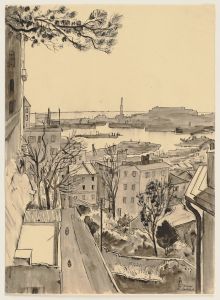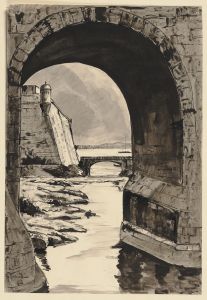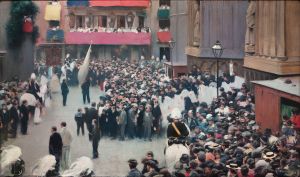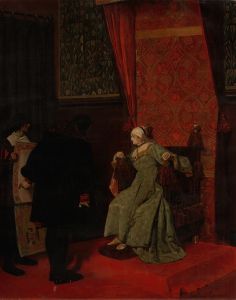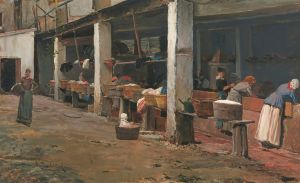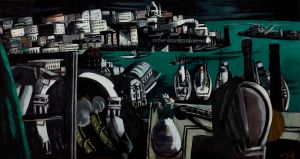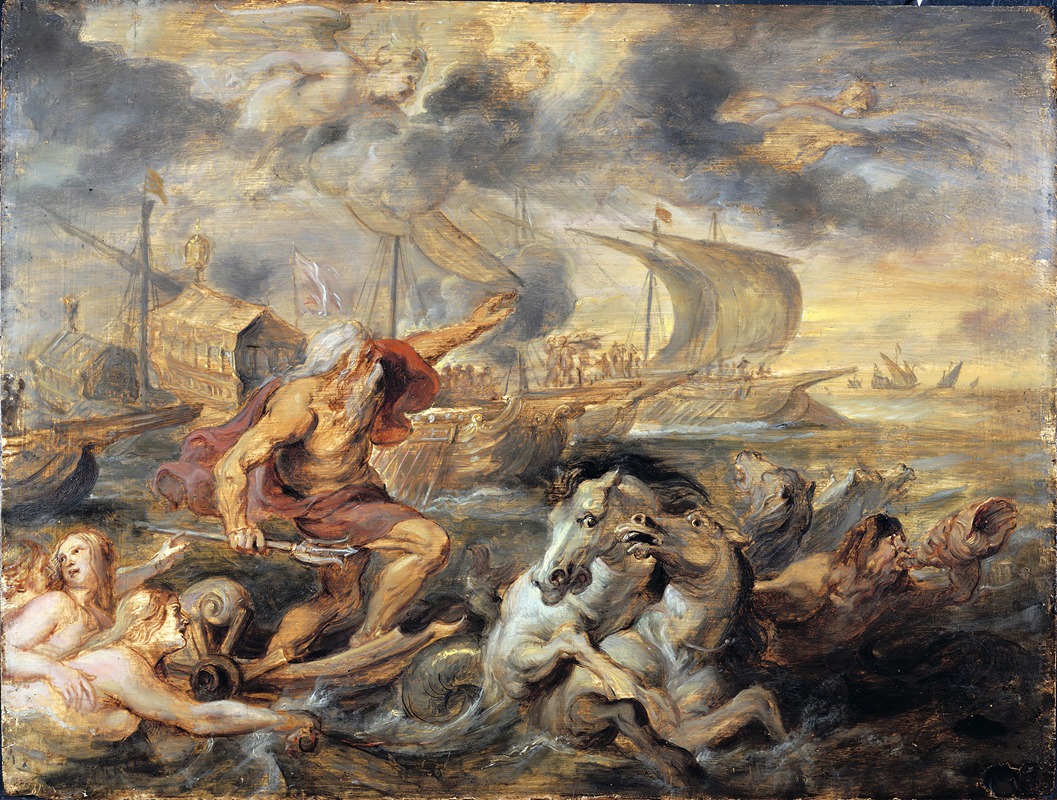
The Voyage Of The Cardinal Infante Ferdinand Of Spain From Barcelona To Genoa In April 1633
A hand-painted replica of Peter Paul Rubens’s masterpiece The Voyage Of The Cardinal Infante Ferdinand Of Spain From Barcelona To Genoa In April 1633, meticulously crafted by professional artists to capture the true essence of the original. Each piece is created with museum-quality canvas and rare mineral pigments, carefully painted by experienced artists with delicate brushstrokes and rich, layered colors to perfectly recreate the texture of the original artwork. Unlike machine-printed reproductions, this hand-painted version brings the painting to life, infused with the artist’s emotions and skill in every stroke. Whether for personal collection or home decoration, it instantly elevates the artistic atmosphere of any space.
Peter Paul Rubens, a prominent Flemish Baroque painter, is renowned for his dynamic compositions, vibrant color palette, and masterful depiction of historical and allegorical subjects. One of his notable works is "The Voyage of the Cardinal-Infante Ferdinand of Spain from Barcelona to Genoa in April 1633." This painting is part of a series that Rubens created to commemorate the journey of Cardinal-Infante Ferdinand, a significant political and military figure of the 17th century.
Cardinal-Infante Ferdinand of Spain was the younger brother of King Philip IV of Spain. In 1633, he embarked on a journey from Barcelona to Genoa as part of his mission to assume the role of Governor of the Spanish Netherlands. This voyage was a significant event, as it marked Ferdinand's transition from ecclesiastical duties to a more prominent political and military role in Europe. The journey was also a demonstration of Spain's naval power and its influence across the Mediterranean and European territories.
Rubens was commissioned to create a series of paintings to document and celebrate this important voyage. His work captures the grandeur and significance of the event, reflecting the political and cultural climate of the time. The painting "The Voyage of the Cardinal-Infante Ferdinand of Spain from Barcelona to Genoa in April 1633" is characterized by Rubens' typical Baroque style, featuring dynamic movement, rich colors, and dramatic contrasts of light and shadow.
In this painting, Rubens likely employed his skills to depict the Cardinal-Infante's fleet, the bustling activity of the port, and the ceremonial aspects of the departure. Although specific details of the painting's composition are not widely documented, Rubens' ability to convey the grandeur and importance of such events is well-recognized. His paintings often included allegorical elements, personifications, and symbolic figures that enhanced the narrative and conveyed deeper meanings related to power, divinity, and destiny.
Rubens' work on this series not only served as a visual record of Ferdinand's journey but also as a political tool to reinforce the prestige and authority of the Spanish monarchy. The paintings would have been displayed in prominent locations, serving as a reminder of Spain's influence and the Cardinal-Infante's role in maintaining and expanding that power.
Rubens' collaboration with the Spanish court and his ability to capture the essence of such significant historical events underscore his importance as a court painter and his influence on Baroque art. His works from this period continue to be studied for their artistic merit and historical significance, offering insights into the political and cultural dynamics of 17th-century Europe.
Overall, "The Voyage of the Cardinal-Infante Ferdinand of Spain from Barcelona to Genoa in April 1633" exemplifies Rubens' mastery in portraying historical events with grandeur and complexity, reflecting both the artist's skill and the historical context of the time.





